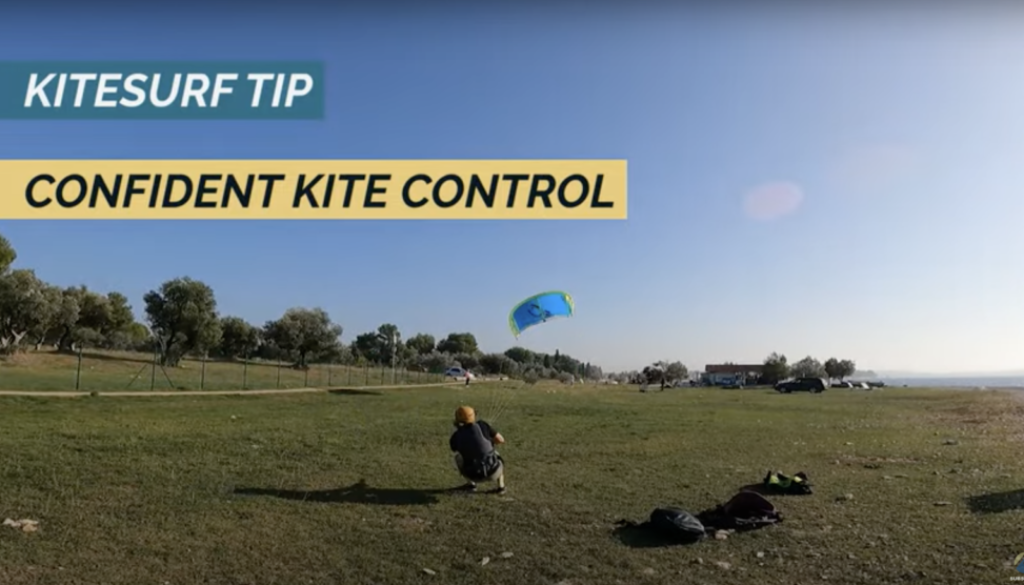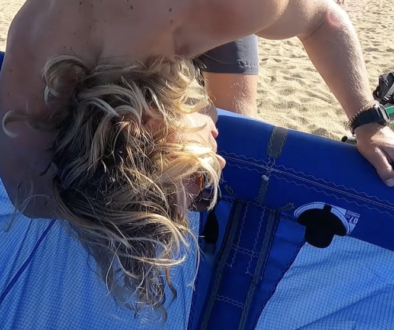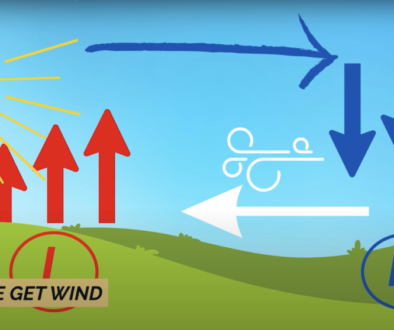CONFIDENT KITE CONTROL – KITESURF TIPS
I’ve seen many kitesurfers with a good level of riding struggling with kite control. I’ll share with you crucial kitesurfing tips about confident kite control.
- Is it really necessary to be holding on the bar all the time?
- To pass the board from one hand to another only by putting the board on the ground and picking it up with the other hand?
- How is it possible to control the kite if your lines are twisted?
- Should your hands be completely on the side of the bar?
- Body dragging with or without the board.
- Accidentally steering your kite on the other side.
- Is it necessary to always grab your bar with both hands?
- Is it safe to keep your kite in 12 o’clock?
-
We are going to answer all those questions troughout this blogpost!
My Name is Petar Pavlovic, I am kitesurfing since 2008 and I became a kitesurf instructor in 2012. During all those years Kitesurfing, I saw many kiters being afraid of letting go of the bar. And that’s the first sign that they are lacking a confident kite control.
KITESURF TIPS – LET THE BAR GO
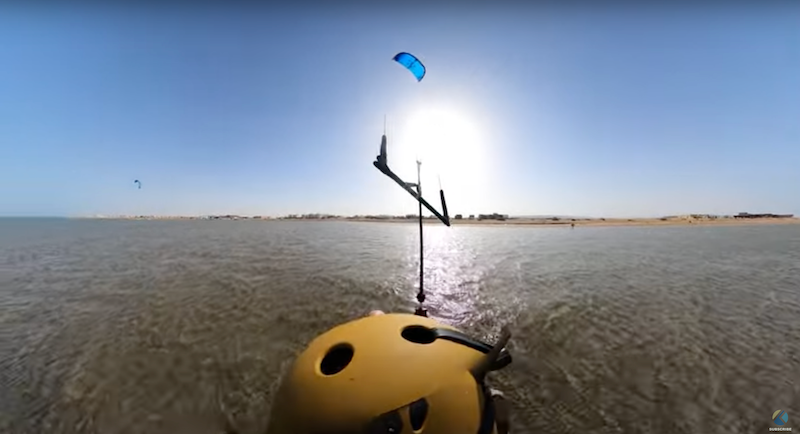
Signs that you are not confident in letting the bar go:
- If you don’t feel confident letting the bar go for simply passing the board from one hand to another.
- When your kite is on the side of the wind window.
- For Landing the kite.
These are the signs, that in confusing, scary or dangerous situations you would most probably still hold on the bar. That would definitely not be good idea.
why you should never be afraid of letting go of the bar.
Most of us kitesurf instructors, during the first hours of the kite lessons, we are often telling our students to let go of the bar. I first like to start with just letting go of the bar and letting the kite fall on the beach or possibly on the water.
When there is strong wind the kite is falling slowly and most of the time just on the edge of the wind window. In Light wind, the kite can fall a bit more aggressively and sometimes slide downwind in the wind window.
If there are sharp objects on the beach your kite could get a bit damaged. Or maybe you are afraid that your kite will hurt someone on the beach if it’s falling?
Let’s make it clear, if you are not in control of your kite but still holding on the bar you can definitely injure your self and your kite could get really damaged. It would be less harmful to everyone else if you just simply let go of the bar.
Every modern kite should be able to stay pretty stable in 3 or 9 o’clock when you let the bar go. There could be an issue just if the wind is super gusty. It happens primarily because of the wind shadow. If you don’t know what is wind shadow make sure to check my previous episode.
It could also be an issue if it is super light wind. If there is super strong wind your kite would probably bounce up and down. But anyway it is still not necessary to keep holding the bar.
Just if there is an issue with the length of the lines maybe your kite would fly on the other side of the wind window. So you should be ready to use the chicken loop quick release and check what is wrong with the lines or the kite.
It is important to practice on the water or on a wide beach without people or sharp things that could damage your gear. Simply let go of the bar and gently recover the bar. Pulling the kite with one hand over 12 o’clock gently dee powering and letting the bar go. It is definitely an important exercise you must do before trying twisting and untwisting the lines.
TWISTED LINES – CONFIDENT KITE KONTROL

Twisting and untwisting the lines is a super important exercise! You’ll be more confident and understand that you should never panic if your lines get twisted!
This is the main reason why we have different colors of the steering lines on the bar.
If you see that your lines are twisted the most important is to correctly grab the bar.
If you don’t understand how you should hold on the bar it is definitely better to let the bar go. The kite than gently falls on the water or on the beach. If you grab wrongly the bar you might create a bigger mess.
It is your choice if you want to untwist your lines while your kite is on the water or in the air. Yo do it by simply letting the bar go and gently spinning it. Make sure there is the right color in the right hand.
If just spinning the bar is not enough to untwist your lines because your back lines are twisted between the front lines, there is still no reason to panic.
While controlling the kite you would simply feel a different steering sensation. But You can normally control the kite and body drag. You could also simply ride back to the beach, land your kite and re-setup your lines.
CONFIDENT KITE CONTROL -HOLDING THE BAR
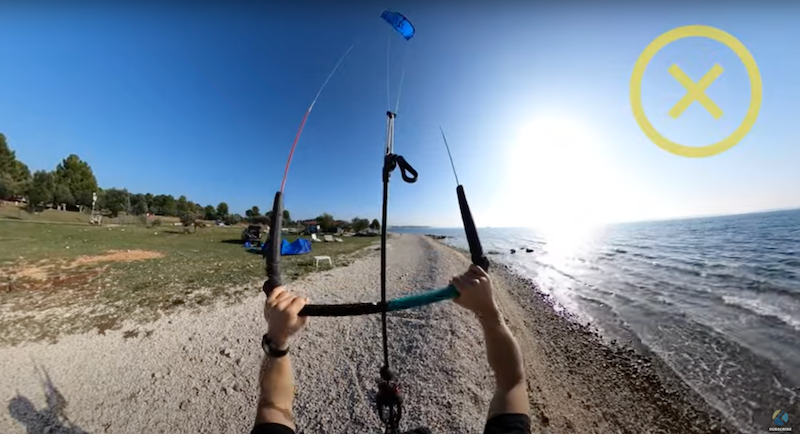
Holding the bar completely on the side, is definitely possible, but I do not recommend it.
Even if the kite is super big and slow, there is no reason to hold on the bar hands far from one another. Keeping your hands apart from another doesn’t allow you to feel a good bar pressure and it is much more difficult to control your kite without watching it.
Any small mistake of steering can end up bad. Riding with your hands apart on a choppy water, can make you steer the kite up and down. It can accidentally generate too much power for no reason, so it would be much more difficult for you to ride up wind.
And for learning new kitesurfing moves it’s definitely not recommended to keep your hands apart on the bar. I would say that holding the bar this way is ok just if you are walking up wind on the beach.
Time to time gently pull just to keep the kite in a certain position. As your bar is deepowered you will easier walk up wind.
KITESURF TIPS – FIX A MISTAKE
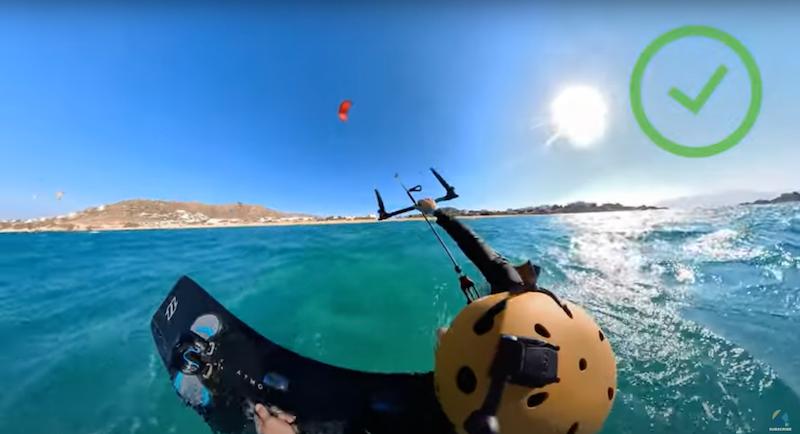
Picture the following scenario:
you have your board in 1 hand and you accidentally steer the kite on the opposite side of the wind window. Did you know that you can bring your kite back with the same hand without letting your board go?
It’s an exercise which a lot of instructors would say that is not good for beginners. Actually I was thinking the same before. However, some years ago Kolja, a German kitesurf instructor, explained to me how this exercise should be explained to beginners so they are using it correctly.
I started showing this exercise to all of my students even if they were not super confident with the kite control. This exercise actually helps you to get more confidence.
The most important is to understand that you can grab the other side of the bar with the same hand. Just if your kite passes on the other side over 12 o’clock, you can put your hand more on the side of the bar and bring your kite back.
As soon as you see that your kite is passing over 12 o’clock, gently deepower and let go of the bar. When your kite is back in the position you want him to be, put your hand more in the middle of the bar so you can keep it stable.
Warning! You don’t want to grab the other side of the bar if your kite is already on this side. The kite could react too quickly and might even crash.
If your kite gets too high but still didn’t pass on the other side over 12 o’clock just deepower completely the bar or use your bar as a leverage.
CONFIDENT KITE CONTROL – KITE IN 12 O’CLOCK

Keeping the kite in 12 o’clock is possible but definitely not recommended.
In gusty wind your kite could easily front stole. Means it would loose all the tension and start falling in front of you in the power zone. If this happens I highly recommend to immediately use your chicken loop quick release. You can check how I explained it in my episode about the Safety Systems.
Especially in strong wind, even as an experienced kiter, if this happens to me I’m definitely using the chicken loop quick release. As you never know what kind of power your kite might get and a line could easily twist around the kite or the bar.
So once the kite gets tension again it could also immediately starts looping.
Even when putting the board on your feet I highly recommend to keep your kite in 11 or 1 o’clock. And whenever you are walking on the beach, up wind or down wind also keep your Kite in 11 or 1 o’clock.
I hope this episode will help you to be more confident while kitesurfing. Thank you for watching and see you in the next episode.

